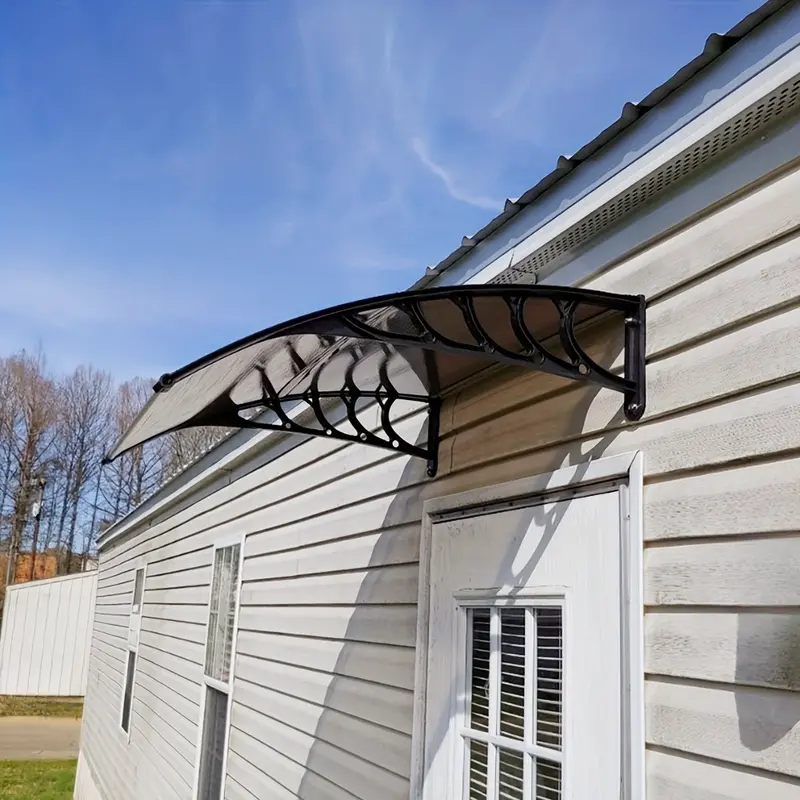Timber doors add timeless beauty and natural warmth to any home, making them a popular choice for entryways. However, as much as timber enhances the aesthetic appeal of your home, it’s also susceptible to the elements. If not properly protected, exposure to sun, rain, wind, and humidity can cause significant damage over time. This is why many manufacturers specify that timber doors must be installed under cover to qualify for warranty coverage. Here’s what you need to know about protecting your timber doors and why they may not be covered by warranty if left exposed.
1. The Vulnerability of Timber to Weather
Timber is a natural material, which means it reacts to changes in the environment. When exposed to moisture, timber can swell, warp, or even rot. Prolonged exposure to sunlight can cause the wood to dry out, leading to cracks and fading. Wind and fluctuating temperatures can exacerbate these issues, weakening the door and compromising its structural integrity. Without adequate protection, your beautiful timber door could deteriorate much faster than expected.
2. Why Warranty Coverage Requires Shelter
To ensure the longevity and performance of your timber door, manufacturers often require that it be installed in a sheltered location, such as under a porch, awning, or overhang. This protection minimizes direct exposure to the elements, significantly reducing the risk of damage. Since proper installation under cover is crucial to maintaining the door’s quality, manufacturers typically include this as a condition for warranty coverage. If a door is left exposed and subsequently damaged by weather, it may not be eligible for warranty claims.
3. The Importance of Following Installation Guidelines
Manufacturers provide specific guidelines for installing timber doors to ensure they perform as expected. These guidelines often include recommendations for sheltering the door from direct exposure to the elements. Failing to follow these recommendations not only increases the risk of damage but also voids the warranty, leaving homeowners responsible for costly repairs or replacements. Adhering to these guidelines is essential to protecting both your door and your investment.
4. Protecting Your Timber Door: Best Practices
To maximize the lifespan of your timber door and keep it looking its best, consider the following protective measures:
- Install Under Cover: Ensure your timber door is installed in a location protected from direct sun, rain, and wind.
- Regular Maintenance: Regularly inspect and maintain your door, including resealing, staining, or painting as needed to protect the wood.
- Use a Quality Finish: Apply a high-quality finish designed for exterior timber to enhance its resistance to moisture and UV rays.
5. Understanding the Risks of Ignoring Coverage Requirements
Ignoring the requirement to install your timber door under cover can lead to more than just physical damage. The financial implications of voided warranty coverage can be significant. Repairing or replacing a weather-damaged door can be costly, and without warranty protection, those costs fall solely on the homeowner. By taking the necessary precautions, you not only protect your door but also ensure that you’re covered in case any issues arise.
Conclusion
Timber doors are an excellent investment in your home’s curb appeal, but they require proper protection from the elements to maintain their beauty and functionality. Installing your door under cover is not just a recommendation—it’s a requirement for warranty coverage. By understanding the susceptibility of timber to weather and taking the appropriate steps to protect it, you can enjoy the elegance of a timber door for years to come, all while safeguarding your investment.

